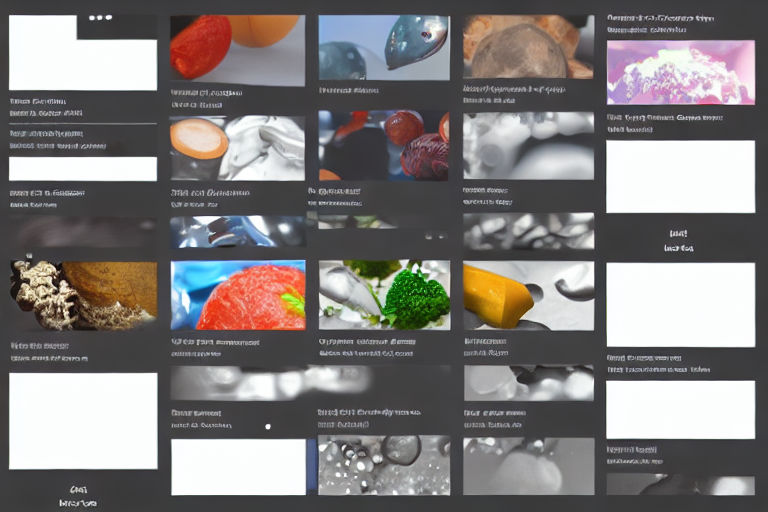Technology Innovations for Sustainable Fishing Practices in the Seafood Industry
The seafood industry is one of the largest and fastest-growing industries in the world. It provides employment to millions of people, feeds billions around the globe, and generates billions of dollars in revenue. However, the widespread overfishing and unsustainable fishing practices have depleted fish stocks significantly. This threatens the environmental balance, food security, and the livelihoods of those who depend on seafood.
To combat the issue of unsustainable fishing practices, technological innovation has taken center stage in recent years. Here are some of the technology innovations that are improving sustainable fishing practices in the seafood industry:
1. GPS Satellite and Vessel Monitoring Systems
GPS Satellite and Vessel Monitoring Systems enable the fishing boats to track and monitor fishing activities in real-time. These systems help to reduce bycatch, prevent illegal fishing, and minimize the accidental capture of protected species.
2. Drones
Drones are increasingly being used in the fishing industry for a wide range of activities. They are used to track fish, monitor ocean conditions, and check fishing nets, which helps to reduce the unintended capture of vulnerable marine life while also improving fishing efficiency.
3. Underwater Cameras
Underwater cameras and video recording equipment are used to assess the fish stock intelligently. This helps identify species, size, and quantity of fish effectively. Using underwater cameras reduces the fishing efforts by limiting the use of fishing gear, which can be dangerous for sea life.
4. Electronic Monitoring Systems
Electronic monitoring systems track fishing boats' activities, record the catch's weight, and monitor the fishing environment. This information helps fisheries to make efficient decisions about fishing practices, reduce overfishing and illegal fishing.
5. Blockchain Technology
Blockchain technology provides high-quality information about the seafood supply chain, such as where it was caught, how it was processed, and when it was shipped. This helps customers make informed purchasing decisions and ensures they buy sustainably sourced seafood.
6. Ocean Robots
Ocean Robots are uncrewed underwater vehicles that can dive to unparalleled depths to collect data and monitor the ocean's health. They can track currents, temperature, and water quality to provide fisheries with valuable information to help them decide when and where to fish sustainably.
Conclusion
With the seafood industry under threat from unsustainable fishing practices, technological innovation offers a promising solution to promote sustainable fishing practices. GPS Satellite and Vessel Monitoring Systems, drones, underwater cameras, electronic monitoring systems, blockchain technology, and ocean robots are tools that can play a critical role in ensuring that fishing practices protect marine species, promote sustainable fishing practices and secure livelihoods for seafood workers.
To ensure the future of the seafood industry, increased investment in such technology innovations is required. It is essential to support these efforts to preserve marine life, promote environmental sustainability, enhance food security, and support the industry's economic growth.



